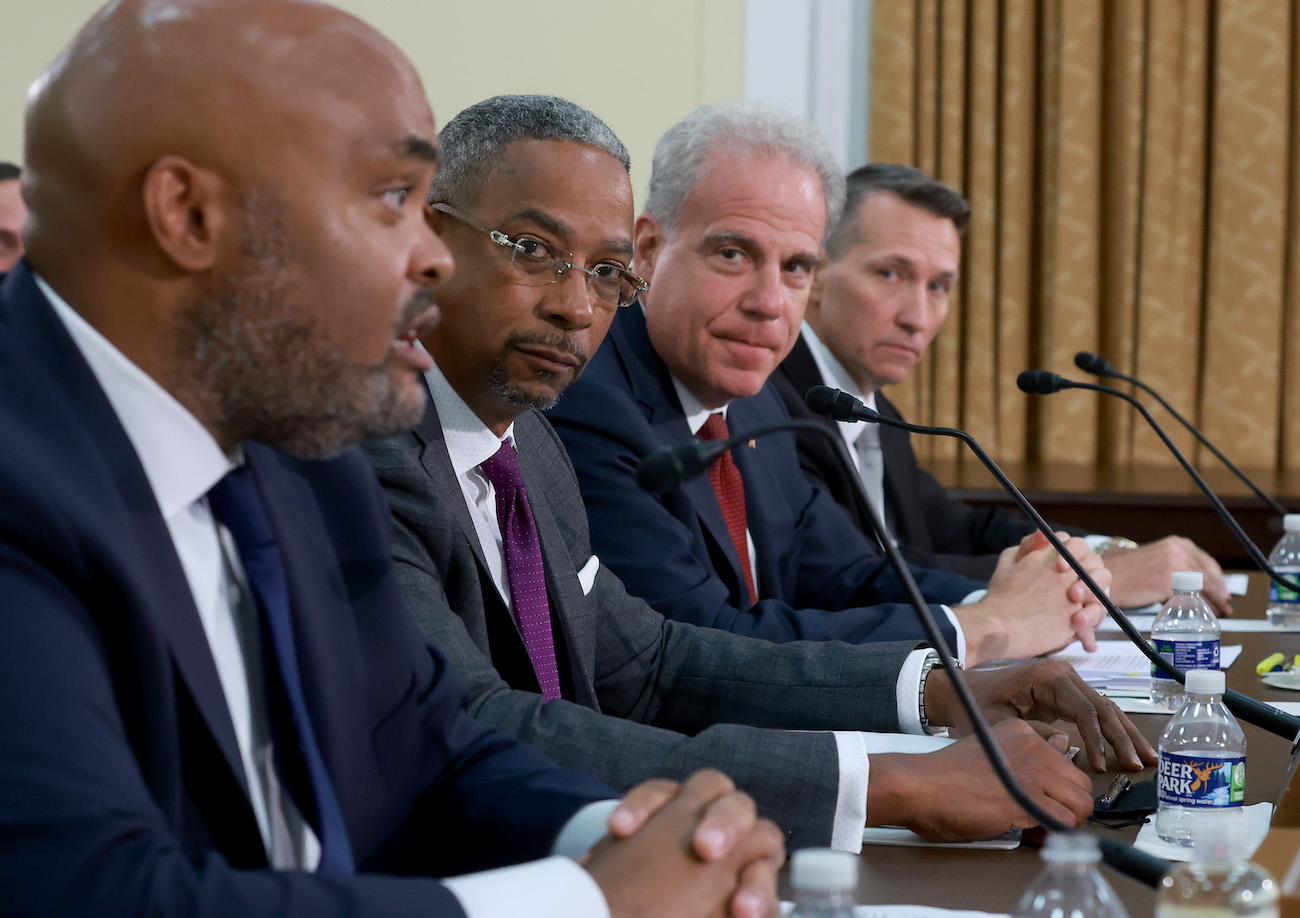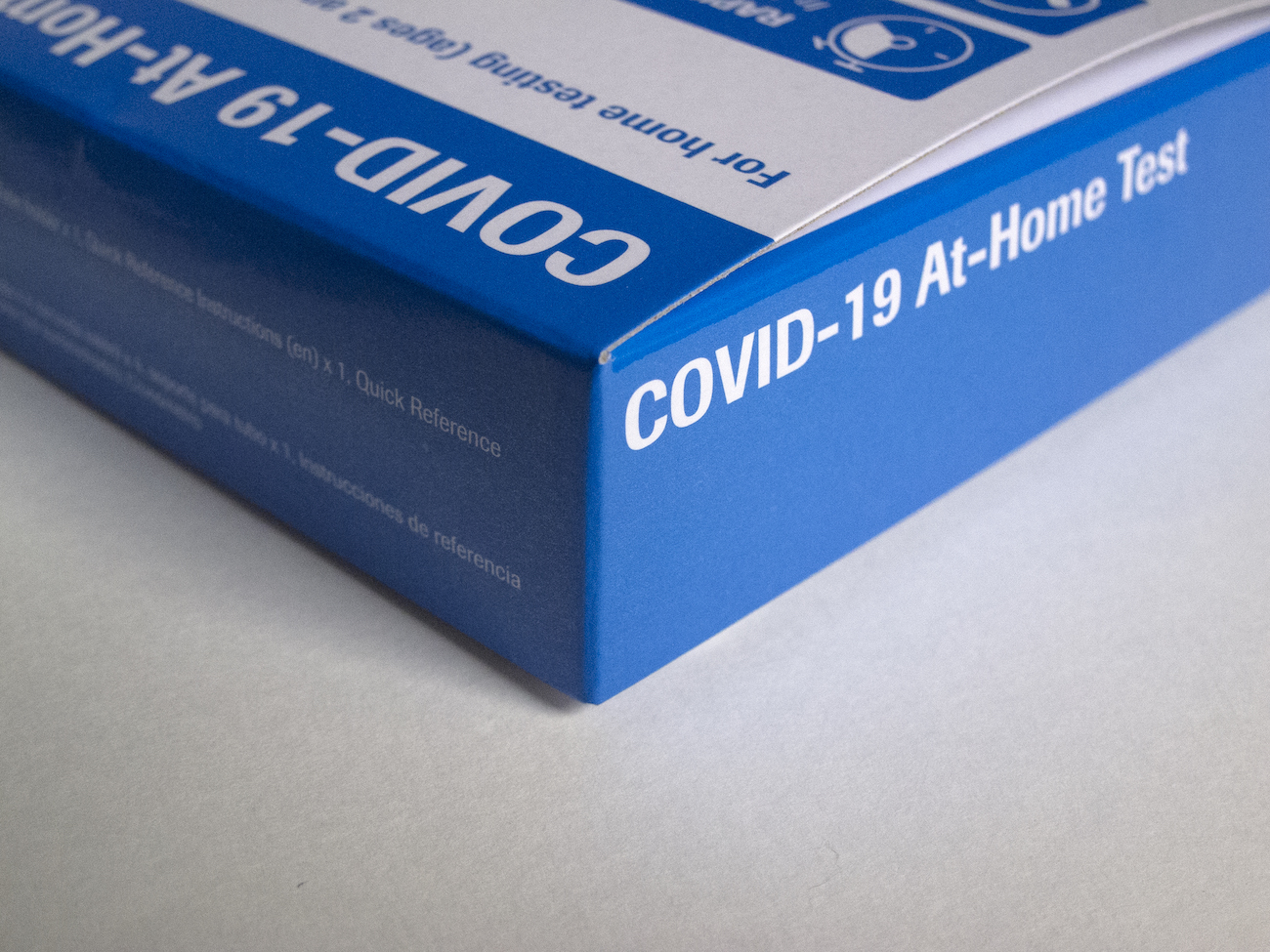What Will -- and Won’t -- Change for Federal Agencies With the End of the COVID Health Emergency
A look at how we got here and what’s ahead for federal agencies and workers now that the pandemic emergency is over.
After three harrowing years that included worldwide shutdowns, a maximum telework posture and vaccine mandates for federal workers and contractors, the COVID-19 public health emergency ends on Thursday. The Biden administration has spent the last couple of months issuing memos and other guidance to help agencies and federal workers prepare for and manage the shift, though many contend the nature of work is changed forever.
Government Executive takes a look at how we got here and what’s ahead for federal agencies and workers now that the pandemic emergency is over.
Telework and Remote Work: The end of the COVID-19 public health emergency could bring major changes to the arenas of telework and remote work. The onset of the pandemic necessitated the need for agencies, when possible, to allow their employees to work entirely from home to protect themselves and members of the public from exposure to the disease.
Most agencies began instructing their workforces to begin returning to traditional office settings on a regular basis last year. And although the Office of Personnel Management and General Services Administration both put in substantial work expanding telework and remote work’s availability and experimenting with the so-called “future of work,” more rollbacks of workplace flexibilities are in the offing.
In guidance published last month, the Office of Management and Budget instructed federal agencies to draft new workplace policies that “substantially increase meaningful in-person work at federal offices.” At the same time, agencies must continue to leverage policies like telework to recruit and retain federal workers, particularly in high-demand positions.
The memo also asked agencies to develop a more agile approach to monitoring the use of telework, as well as any impacts it has on agency operations. Previously, measurement of the workplace flexibility's use was relegated to an annual OPM report and survey respondents’ answers to questions as part of the annual Federal Employee Viewpoint Survey. Under the new guidance, agency officials are expected to “rapidly make adjustments” in instances where telework is found to reduce productivity.

Oversight: There has been much fraud in the pandemic relief programs, particularly those for unemployment insurance and small business relief. Pandemic oversight has been managed by the inspectors general, Justice Department, Government Accountability Office, law enforcement entities and the three oversight bodies established by the CARES Act (which all had their own challenges). This work is not expected to end any time soon, therefore the total amount of fraud is unknown at this time. However, as of Feb. 1, the work for the Pandemic Response Accountability Committee’s fraud task force and its IG partners “resulted in hundreds of criminal convictions, lengthy jail sentences for wrongdoers, and the recovery of more than $1 billion,” Michael Horowitz, committee chair and Justice IG, told lawmakers. President Biden released a massive anti-COVID fraud proposal in March to build on what’s already been done, but so far it has not been taken up by Congress.

Veterans Health Care: The Veterans Affairs Department leaned on authorities granted by the public health emergency to expand telehealth options, particularly for prescribing medications across state lines. VA Secretary Denis McDonough warned earlier this year the ability to renew prescriptions without an in-person visit was “something we badly need.” The department worked with the Drug Enforcement Agency to develop a proposed rule in March that would allow for telemedicine prescriptions across state lines in some cases and DEA has temporarily extended those flexibilities. McDonough has said, however, that was just a first step and he needed assistance from Congress to ensure continuity of care for the 40,000 veterans who could be impacted by the change.
Nearly 25,000 VA patients, as well 259 employees, have died from COVID-19. The VA health system is currently treating about 2,400 veterans with the virus and has fully vaccinated nearly 5 million people.
Movement at the Border: The Homeland Security Department is tackling one of the toughest challenges related to the ending of the COVID emergencies, when it will—by court order—end the pandemic-era policy known as Title 42 that allowed department personnel to quickly turn back most migrants arriving at the border. The news of the expiration of the strict enforcement measure is expected to lead to a significant upswing–possibly a doubling, officials have estimated–of the number of migrants crossing the U.S.-Mexico border. Already in recent days, migrant encounters by DHS personnel have spiked. The department has for more than a year planned for the end of Title 42, including by deploying more personnel to the southwest, hiring and contracting more staff to process arrivals, rewriting asylum rules to tighten access, increasing the use of expedited removals and creating new legal immigration pathways to discourage unlawful crossings. The Biden administration also announced it was sending an additional 1,500 troops to the border to perform non-law enforcement tasks.
“I think that there is no question that this is going to be extremely challenging,” DHS Secretary Alejandro Mayorkas said last week. “I do not want to understate the severity of the challenge that we expect to encounter.” He added DHS has “the greatest workforce in the world to fulfill our mission, and we will do so.”
Mortgages Through HUD and USDA: Several federal agencies have allowed servicers of loans they back to delay or reduce payments during the pandemic. This included mortgages provided through the Agriculture Department and the Housing and Urban Development Department. USDA, HUD and the Federal Housing Administration all allowed for forbearance extensions through May 31.

Free Test Kits Through USPS: The U.S. Postal Service successfully delivered hundreds of millions of COVID-19 test kits to households across the country at the government’s expense. Postmaster General Louis DeJoy has heralded the accomplishment as a staggering and unprecedented success and a blueprint for future revenue-raising projects the Postal Service can undertake. While the end of the emergency will change how some insurers cover COVID-19 tests, the free kits are still available for delivery for those who have not yet placed an order for the most recent offering. In recent guidance, the Health and Human Services Department noted the government may continue to offer the tests through USPS delivery even past May 11 “dependent on supply and resources.”
NEXT STORY: Biden's Archivist Nominee is Confirmed







